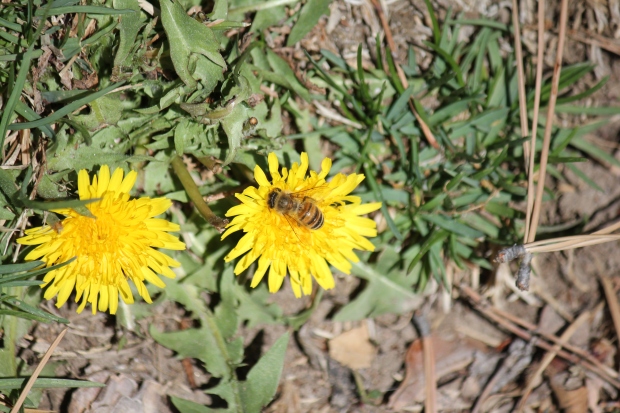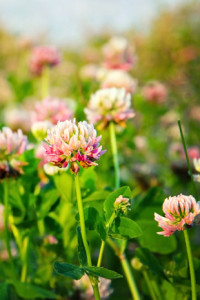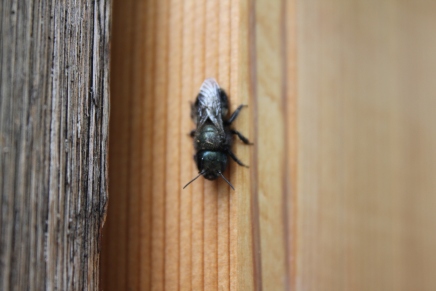Bees Sleep
Gardening Tips
by Sandy Swegel
One evening near dusk in the garden, a gardening friend’s inquisitive granddaughter asked: “Where do bees sleep?” This obvious question brought on a googling frenzy. We could guess that honey bees might sleep in the hive. But what about the 4000 species of native solitary bees? Hive-dwelling honey bees are a small percentage of the total bee population.
The answer should have been obvious: Bees sleep on flowers! How adorable!
To be more precise, male native bees usually sleep on flowers. When the female bees are laying eggs and raising young bees, they often sleep in solitary nests in the ground.
Sleeping on flowers has lots of advantages. It’s soft and very convenient. You wake up and there’s breakfast (nectar and pollen) served in bed!
Some of my favorite stories of bees sleeping come from the squash bee family. Squash bees spend their day inside a squash blossom. As evening approaches, the male squash bee makes himself comfy as the squash flower wilts and closes around him. In the morning, not too early, the flower opens again and the bee begins a new days foraging. If the female bees have made nests, the nests are usually in soft dirt under the squash fruit. So if you are growing pumpkins, it’s likely there are some young bees growing up under one of those pumpkins.
Foraging bees need the most sleep. You’ll often find bumblebees taking an afternoon nap on a flower, all tuckered out from a hard day’s work. Younger bees and bees that do less foraging often just take short little 30 second naps. Honey bees sometime sleep in the hive and sometimes they like to camp out and sleep under the stars. Next time you see a bee, motionless on a flower, don’t worry, it’s not dead…it’s just taking a nap!
Photos:
http://www.yalescientific.org/2015/03/bzzzzzz-the-bees-need-for-sleep/
http://www.arkive.org/honey-bee/apis-mellifera/image-A18941.html
http://www.abc.net.au/news/2015-11-06/natiive-bees-daisy/6918448










